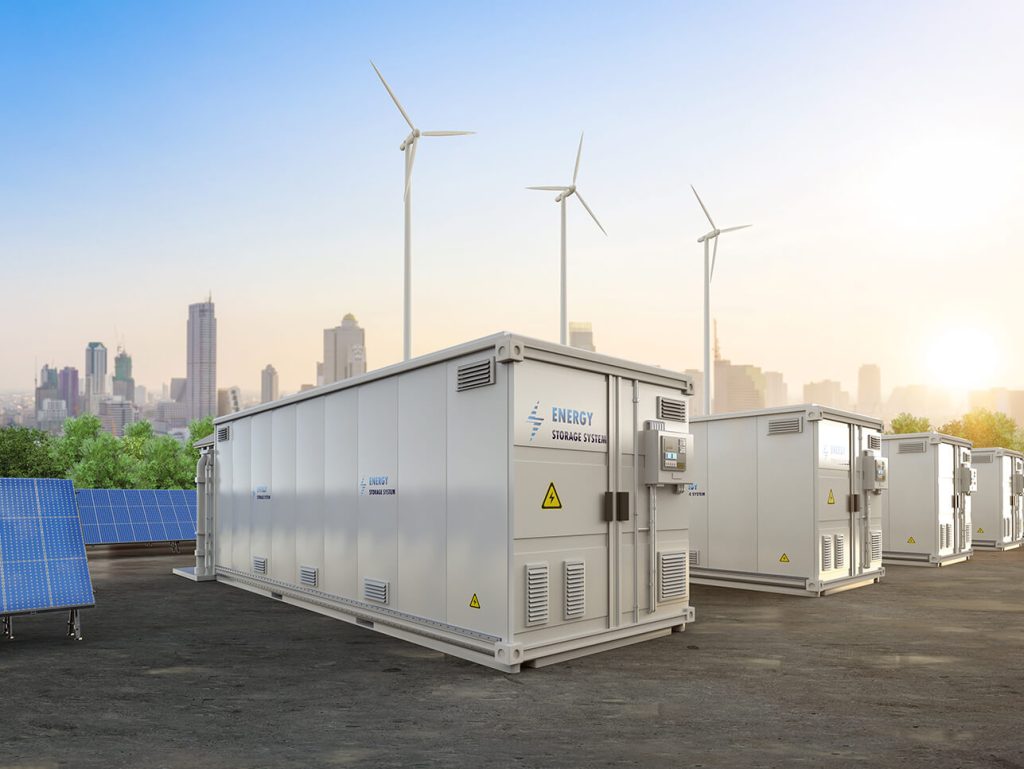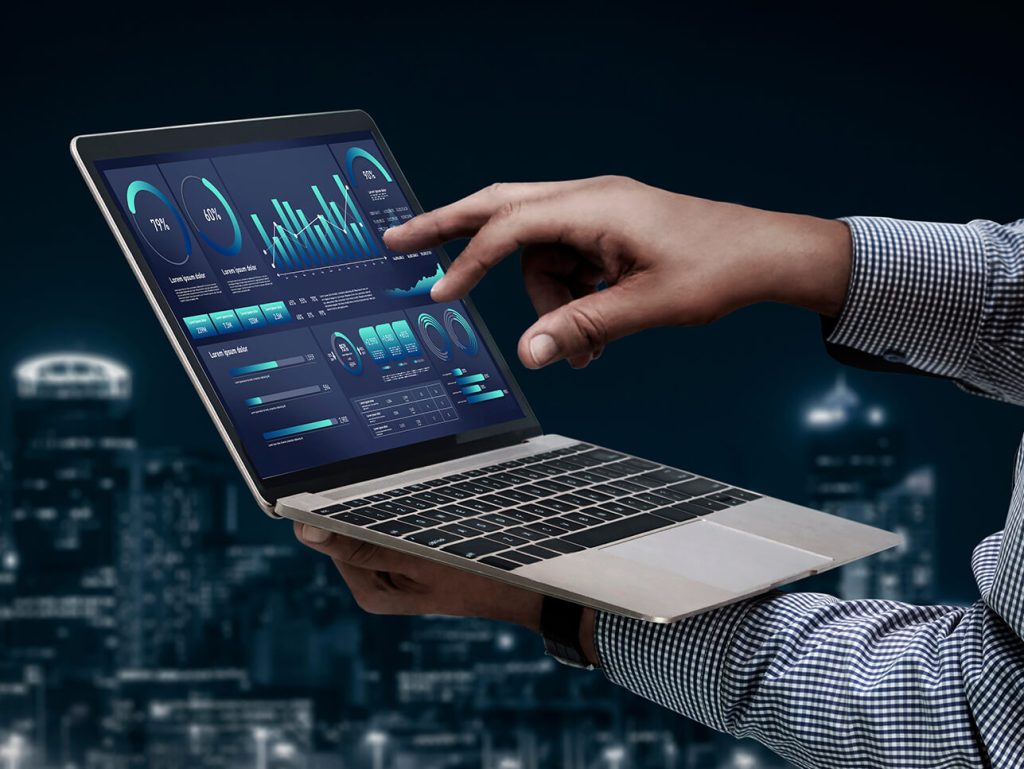The OT Cybersecurity market in the European power and energy sector is currently valued at €5.7 bn and expected to grow to an astounding €21.5 bn by 2035.
The power and energy vertical leads in OT cybersecurity adoption in Europe, which represents around 33% of global OT cybersecurity spend. Growth of the market is currently being driven by grid modernization, NIS2 regulation, digital substations, and ongoing threat escalation.
At SGT26 Paris, leading OT cybersecurity leaders and experts from across the European power sector will share details of the cybersecurity innovation projects they are working on to enable a faster and more secure roll-out of new grid technologies.
Just some of the case-studies that will be shared include:
✅ NIS2 Directive – successfully harmonising the implementation of NIS2 taking into account the demands of other regional and national regulatory requirements
✅ Cyber-Physical Security – preparing for the continuation and expansion of cyber-physical attacks on European power grids in the years ahead
✅ IEC 62443 – overcoming the lack of sector-specific guidance to effectively interpret and implement this OT cybersecurity standard within legacy multi-vendor power systems
✅ IEC 62351 – overcoming inadequate IT/OT integration to drive the implementation of this standard across power grid digital substation networks
✅ Remote Access Security – implementing a holistic multi-layered approach to securing remote access on a 24/7 basis to minimize risk amid a rapidly evolving threat landscape
✅ Renewables Security – securing third-party renewable assets through a blend of technical controls, robust monitoring and response mechanisms, strict contract terms, and close cooperation among grid operators, vendors, and asset owners
✅ EV Charging Security – enforcing standards, technical controls, network architectures, and ensuring ongoing oversight to reliably secure third-party EV charging infrastructure to enforce both energy system resilience and trust for end-users
✅ Cloud Security – implementing robust security by combining strict contractual requirements, advanced technical control frameworks, continuous monitoring, and coordinated incident management to ensure the security and resilience of a cloud-driven ecosystem
✅ Opensource Security – automating vulnerability management, adopting strict governance, practicing secure system design, and actively engaging with opensource communities to harness the benefits of open architectures while protecting critical infrastructure from evolving threats
✅ Supply Chain Security – implementing a framework for robust supplier qualification, strict contractual provisions, advanced technical controls, proactive monitoring, resilient integration, and strong regulatory compliance to minimize risk from third-party components and services as the grid evolves
✅ AI Security – combining robust data management, model integrity, secure integration, aggressive monitoring, adaptive response, and sector-wide collaboration to preserve both reliability and trust as AI adoption accelerates
✅ Quantum Security – preparing for the paradigm shift in grid cybersecurity, through the timely adoption of quantum-safe cryptographic methods across all layers of power grid control and data infrastructure, while also preparing to harness quantum as part of future defence-in-depth strategies
✅ Outsourcing – achieving 24/7 security of the power grid to guard against increasingly sophisticated cyber attacks, while working with legacy infrastructure, operational limitations, and the need for continuous system availability
To find out how you can participate:
Call: +44 (0)20 8057 1700
Email: registration@smartgrid-forums.com



